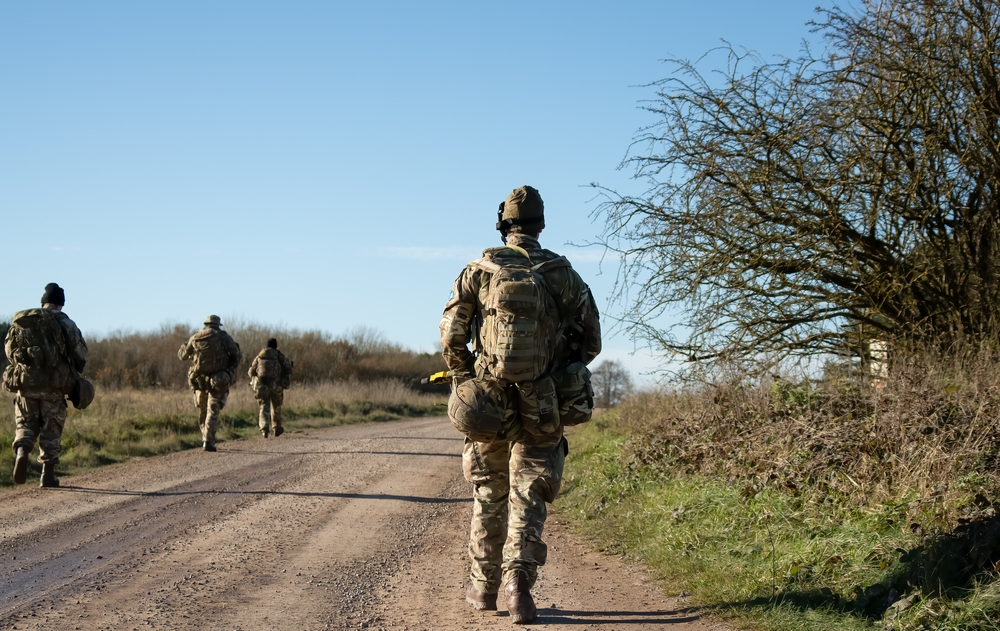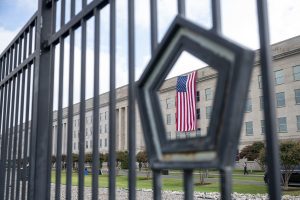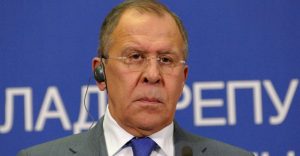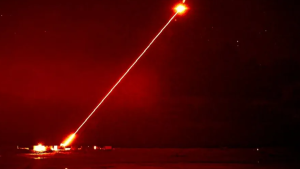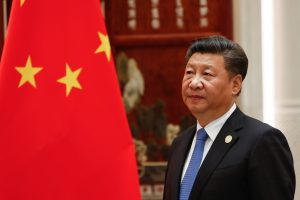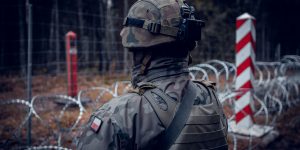Lithuania is ramping up defenses, warning that Russia could rebuild its military after a Ukraine peace deal—NATO must be ready.
Others are reading now
Lithuania is fortifying its borders and expanding its military efforts, warning that Russia could rebuild its forces if a peace deal in Ukraine leads to the lifting of sanctions.
Officials in Vilnius have raised alarms about long-term security risks, urging NATO to step up deterrence measures to counter a potential resurgence of Russian military power.
This was reported by Le Monde on February 17.
Preparing for the Worst
“We don’t think Russia is ready to enter into military conflict with NATO, but if a peace agreement is reached and international sanctions are lifted, it will be able to rebuild its military power. We need to be prepared for this,” said Marius Cesnulevičius, defense adviser to the Lithuanian president.
Also read
To bolster defenses, Lithuania is doubling down on military spending, pledging between 5% and 6% of its GDP toward defense between 2026 and 2030 — a sharp increase from the current €2.4 billion budget. The country is also among the most committed European supporters of Ukraine, allocating 0.25% of its GDP in military aid.
“Either we decide the budget or the enemy will decide for us,” Cesnulevičius added, emphasizing the urgency of strengthening national security.
US Troops and NATO Presence Grow in Lithuania
Currently, around 1,000 U.S. troops are stationed in Lithuania, primarily in Pabradė, near the Belarusian border. Lithuania has maintained compulsory military service since 2015, drafting 4,000 young men annually while expanding its professional force and military reserves.
To further enhance security, a NATO military base spanning 700 hectares is set to open in Rudninkai by 2027, where Germany will deploy a full brigade of 5,000 troops.
“We understand why the Lithuanians are afraid. My soldiers know why they are here: to defend every square inch of the country,” said General Christoph Huber, commander of Germany’s Panzerbrigade 45.
Meanwhile, France has stationed a fighter squadron at Lithuania’s Šiauliai air base as part of NATO’s Baltic Air Policing mission. French Rafale pilots regularly intercept Russian aircraft testing NATO airspace, with Kaliningrad’s heavily militarized presence remaining a major concern.
Border Fortifications
Under an agreement with Latvia and Estonia, Lithuania is reinforcing its 1,000-kilometer frontier with Belarus and Russia. This initiative will connect with Poland’s East Shield defense project, forming a comprehensive defensive line against potential Russian aggression.
“One weak link and disaster ensues,” warned Lieutenant-General Remigijus Baltrėnas, deputy commander of the Lithuanian army.
Lithuania has already set up 30 storage sites across the country, stocked with concrete roadblocks, barbed wire, and anti-vehicle spikes to slow down any potential invasion.
“This is the first time we’ve prepared for war in peacetime,” said Major Edgaras Cerskus, overseeing the project in the Rudninkai Forest, 30 kilometers south of Vilnius.
The timing of Lithuania’s military expansion coincides with Donald Trump’s push for European nations to increase defense spending or risk a reduced U.S. commitment to NATO.
While Lithuanian forces remain focused on deterrence, military leaders have hinted that the country may even consider deploying troops to Ukraine if the situation escalates.
With Russia’s heavily armed Kaliningrad enclave looming nearby, NATO’s Baltic defenses have never been more critical. French pilots stationed in Lithuania summed up the situation best: “We’re here to show the Russians that we’re defending NATO countries—it’s a question of credibility.”

